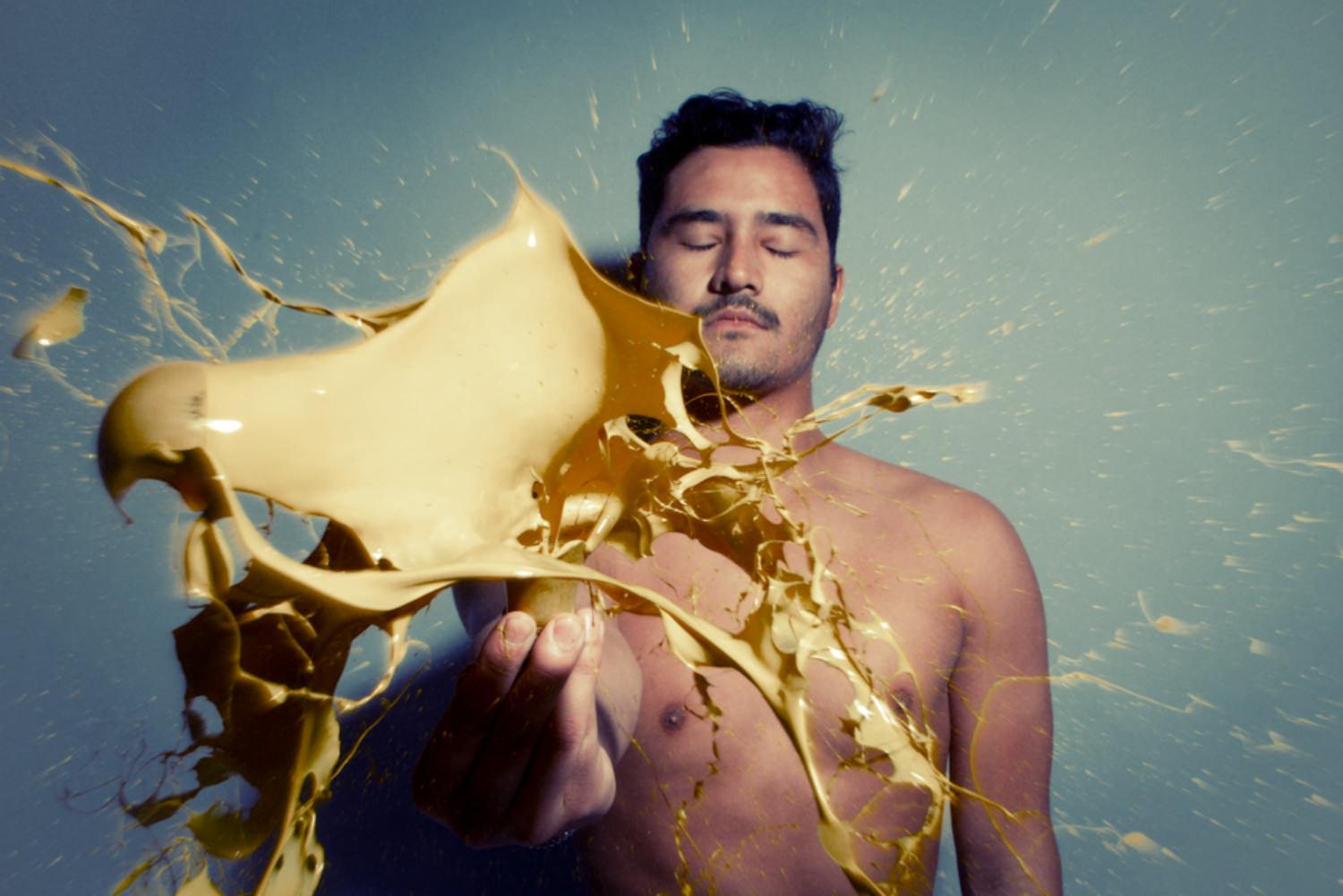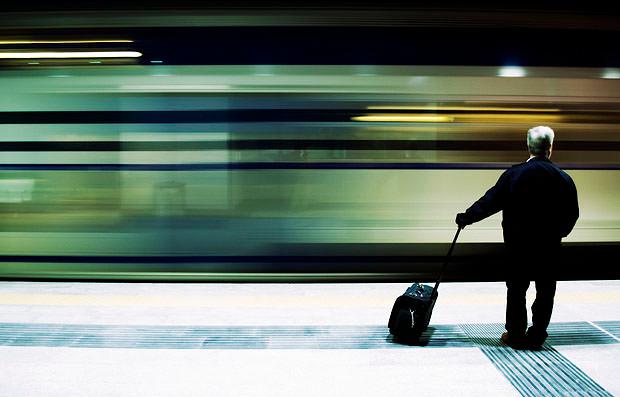I've always believed that in photography, you should avoid getting bogged down in the technical side of your hobby, and focus on developing your creative talent. However, there are certain technical elements that are essential to getting a good photo - shutter speed is one of them.
Shutter speed is 1 of the 3 elements (along with aperture and ISO speed) that determine a photo's exposure. It also controls how sharp your photos are, and lets you introduce lots of interesting creative effects into your shots. Let's look at what it is, why it's important, and how you can use it.
Shutter speed is an essential tool in photography and well worth learning. Image by Mikel.
What is Shutter Speed?
Inside your camera, directly in front of the sensor, is a small flap called the shutter. When you take a photo, this opens and closes to let light reach the sensor, creating your image. Shutter speed describes how quickly or slowly the shutter opens and closes again.
A fast shutter speed means that the shutter is only open for a short period of time; a slow shutter speed means the shutter is open for longer.
How is Shutter Speed Measured?
Shutter speeds are measured in seconds, or fractions of a second. For example, a shutter speed of 1/100 means 1/100th of a second, or 0.01 seconds. This is also known as the "exposure time", because it's the amount of time the sensor is exposed to light.
Most cameras offer a wide range of shutter speeds, starting at just a few thousandths of a second and going up to several seconds. SLRs also have a "Bulb" mode where you can hold the shutter open for as long as you want.
Choosing the Best Shutter Speed
In automatic mode, your camera will try to guess the best shutter speed to capture your scene. Unfortunately it doesn't always get it right, and your photo can end up poorly exposed or blurred.
A better option is to switch to manual mode and take control of shutter speed yourself. When doing so, you need to consider the following:
Camera Shake
Camera shake occurs when hand-holding your camera. No matter how steady you think you are, you can never stand perfectly still, and this slight movement shows up in your photos as a blurriness or lack of sharpness.
Camera shake occurs when hand-holding your camera, and causes blurring of stationary objects. Image by Dean Ayres.
You can avoid camera shake by using a faster shutter speed. It's more noticeable when using lenses with a long focal length, so the longer the lens, the more you'll need to increase your shutter speed to avoid camera shake.
As a rule of thumb, you should use a minimum shutter speed of 1/focal length. So for a 200mm lens, use a shutter speed of at least 1/200th. When calculating this, use your lens's effective focal length, which is found by multiplying the focal length by your camera's crop factor.
Motion Blur
Motion blurring happens when you're photographing a moving subject, let's say a runner. If you use a slow shutter speed, the runner will move across the frame while the shutter is open, causing them to appear as a blurry streak in the final image.
Use a fast shutter speed to eliminate motion blur, or use it creatively to convey movement and speed. Image by Ondra Soukup.
You can avoid motion blur by using a faster shutter speed. Doing so means that the subject will move less while the shutter is open, reducing the blurring effect. With a fast enough shutter speed, this blurring becomes unnoticeable, and the action appears "frozen".
But before you go cranking your shutter speed as high as you can, you should consider whether you actually want to eliminate motion blur. It's an excellent way to convey speed or movement in a scene. You can also pan your camera to keep the subject sharp and blur the background.
Exposure
You also need to make sure that your scene is properly exposed. A slower shutter speed lets in more light, while a faster shutter speed lets in less. You need to choose a shutter speed that lets in just the right amount of light, to give a photo which isn't too bright (overexposed) or dark (underexposed), and which has a good level of detail in the most important areas.
Choosing the right shutter speed is important in achieving perfect exposure, with good detail in the highlights and shadows. Image by Jeff Smallwood.
Remember that exposure isn't just about shutter speed - it also depends on your aperture and ISO speed. A good technique is to choose a shutter speed which gives the desired amount of blurring (if any), and then adjust your aperture and ISO to give a good overall exposure.
Creative Effects
By using very short or very long shutter speeds, you can introduce some interesting creative effects into your shots.
Long exposure photography is where you open the shutter for much longer than normal - anything from a few seconds to several minutes. This is perfect for creating blurred crowd shots, giving moving water a fog-like appearance, and capturing trails of light from things like cars and stars.
A very slow shutter speed can be used for interesting abstract effects such as making water appear misty and smooth. Image by Jim.
Alternatively, by using a very fast shutter speed you can capture some stunning "frozen" motion, such as birds in flight, sportsmen in action, or water splashing. These types of shots often require lots of trial and error, but they're truly fascinating when they work.
Use a very fast shutter speed to freeze motion. Image by Diego Diaz.
There's no end to the interesting effects you can create by varying your shutter speed. Don't be afraid to experiment or use settings that you'd normally avoid - you never know when you'll find a way to bring a new perspective to a common subject.
The best way to learn about shutter speed is to flick your camera into manual or shutter priority mode and play around. Pay attention to the effect on exposure and blurring, and see how you can use that knowledge to bring a new level of creativity to your photos.

